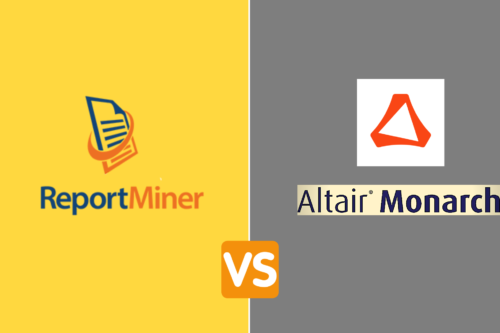More than 16,500 APIs exist today, and that number is just the tip of the iceberg. Most businesses have a lot of different options available to them, especially when it comes to developing and implementing APIs. But, among the choices, only one stands above everyone else: the API integration platform.
What is API Integration Platform?
An API integration platform is another name for the data integration platform. It brings all data/application sources at a single place so that data can be cleansed, prepared, and moved to the final destination (such as a data warehouse).
In short, an API platform allows automated interactions between two or more distinct data sources. In this article, we’ll discuss the top 8 benefits of using an API integration platform for your business.
Top 8 Uses of an API Integration Platform
There are several reasons why modern-day businesses need an API management platform. We are going to highlight some of the most important ones. These include the following:
1. Integrate cloud apps
There are thousands of cloud apps present today and this technology has become an indispensable part of every enterprise. According to a report, the average enterprise uses 1,295 cloud apps. APIs are the best way to integrate these cloud apps.
A lot of legacy integration technology, such as enterprise service buses (ESBs), has been designed in the on-premise era, and they tend to struggle when they need to support API-connectivity behind the firewall.
Most apps have shifted towards the cloud. It doesn’t make sense anymore to house the platform, which could connect clouds behind the firewall. An API integration tool can be easily used to connect with modern cloud APIs.
2. Connect legacy systems
Many companies are unable to use their older datasets because they can’t access them from the source or storage. An API integration tool can help you retrieve data from legacy systems.
A business can create its own APIs just for in-house uses which enables it to more easily extract and use data from old servers and databases as well as reuse business logic and workflows that are already working.
3. Create new APIs
There are two main options if you need an API. Either you can build one from scratch or use one that’s available in the market. But there are certain problems in both scenarios because acquiring an API from an external source means it can have limited use or functionality. Plus, it isn’t ideal to create one from scratch as well as it’s a difficult and time-consuming process. However, an API integration platform provides another option where you can build a new API via integration with only a few clicks. This will not only help you save money and time but will also allow you to take full advantage of all your investments in technology.
4. Integrate multiple data sources
Many business operations need data from several sources. For example, your finance department has a lot of different tasks that must be handled by various teams. It includes everything from insurance payouts, taxes, billing, and accounts payable. Even though there are various tools available that can easily handle all the tasks in the finance department, choosing a different tool for every task is both expensive and unmanageable.
An API integration software allows departments to easily integrate data from different sources. This helps them replace inadequate and impractical options with a highly effective and sleek stack.
5. Improve productivity and forecasting
An API based Integration platform is extremely effective in improving productivity for members of the IT department, especially developers and coders. It helps in improving time management as hours can be spent fixing, overseeing, managing, and creating APIs. As a result, your team members can spend time on things that are more critical to your business.
An API based integration software can help make a difference for other departments as well. It helps develop stacks but also allows non-technical teams to oversee and build APIs as well.
6. Manage each API individually
The maintenance and management of API is the responsibility of IT staff members and developers in the business, even if the API was built by a third-party. As it becomes more common to use APIs, tracking all of them can be laborious and complex.
This is where an enterprise API integration software can help as it decreases the administrative burden. It also streamlines the overview, management, and security processes.
7. Future-proof enterprise integration
Technology has advanced at such a quick speed over the past few years, and this growth has no signs of slowing down. Internet of Things (IoT), machine learning, and wearable technology are just some of the trends that are changing the enterprise IT landscape.
With an API integration platform in place, companies can ensure that they can effectively integrate these new technologies as they grow and mature.
8. Assist with OLAP
Online analytical processing (OLAP) carries out a multidimensional analysis of enterprise data and offers the ability for complex calculations, trend analysis, and advanced data modeling. However, it can work effectively only if it has access to accurate and reliable data.
An API integration platform provides reliable data from several sources consolidated in a single location. It assists with OLAP, allowing users to analyze information from multiple database systems at the same time. As a result, it enables analysts to extract and view business data from different points of view.
API Integration Platforms – Vital for Business
Enterprise API integration is imperative, particularly for businesses managing several cloud-based apps and tools. There are many reasons why API integration platforms are considered beneficial.
An API management platform can help organizations become more flexible. It simplifies design and administration and offers opportunities for innovation. In a nutshell, implementing an API integration platform is vital for increasing an enterprise’s operational efficiency and value.
Astera Centerprise is a robust data integration tool that offers you all the features you need to kickstart your integration project. You can easily consolidate disparate data and application sources and create a unified view of your company’s information assets in a completely code-free environment.







